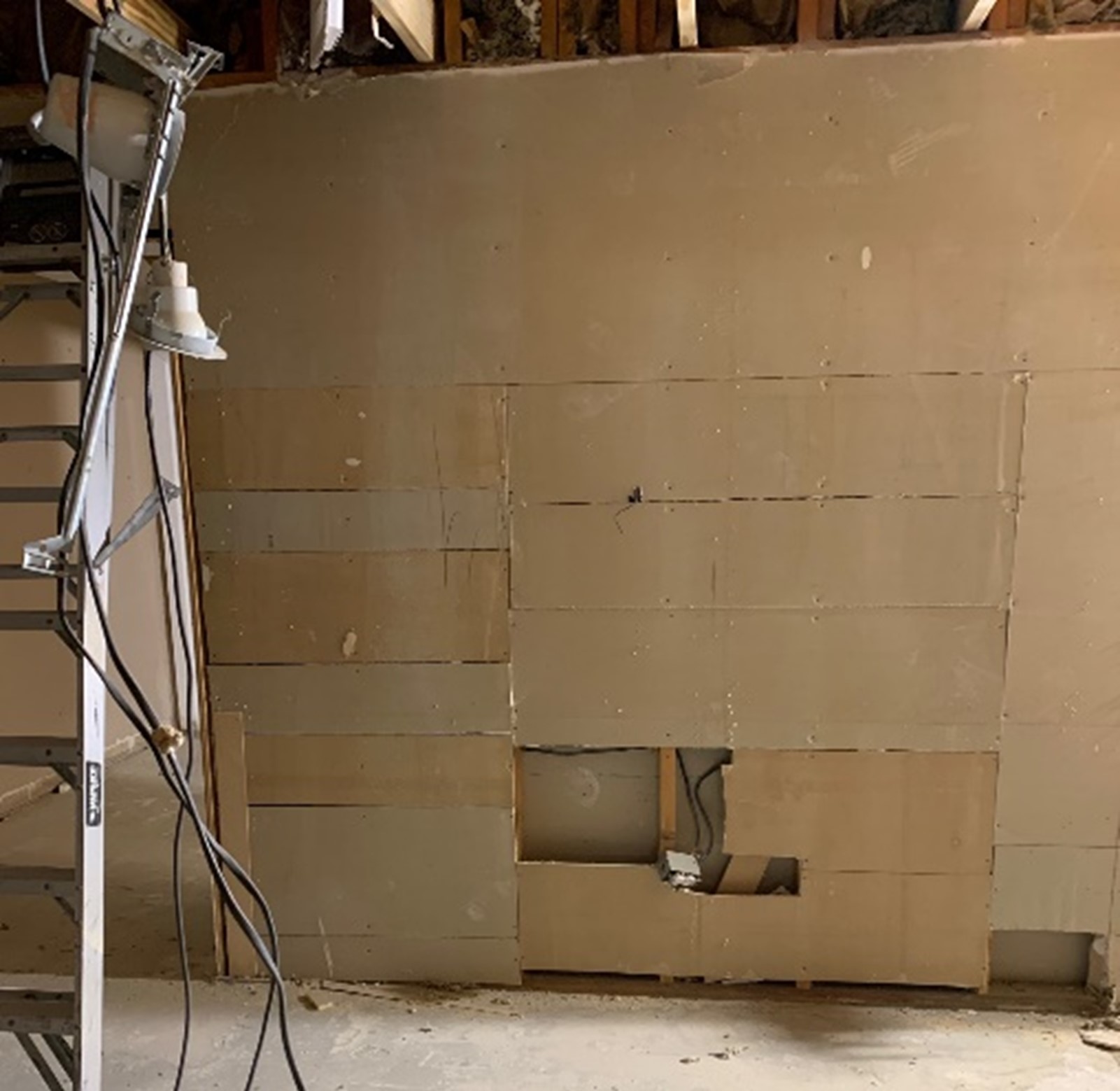OSHA Vaccine Mandate Update
*** BIG NEWS ***
Today, Friday January 7, 2022, the Supreme Court of the United States will hold a special session to hear argument on the White House’s OSHA Covid vaccine mandate.
We previously blogged on early challenges to the mandate, which resulted in the Fifth Circuit enjoining its implementation.
Thereafter, through random assignment, several consolidated cases regarding the OSHA mandate were heard by the 6th Circuit Court of Appeals, resulting in 2-1 decision to dissolve the Fifth Circuit’s stay – meaning that OSHA could again enforce the mandate while the larger issue worked its way through the Court.
In response to that Sixth Circuit decision, interests on both sides submitted briefs and the Supreme Court scheduled a hearing which will take place today.
The Court will address only whether the mandates should be preliminarily enjoined pending litigation and decision in the lower courts. Therefore, the January 7 hearings won’t be a final yes/no with regard to whether OSHA engaged in illegal activity either by circumventing the normal rule-making procedure to issue the mandate, and/or in exceeding its authority by even issuing such a mandate.
However, the standard for granting preliminary relief involves determining whether the parties have shown a likelihood of ultimate success on the merits.
Thus, while the January 7 decision(s) will not be a final decision as to the lawfulness of the mandates, the decisions rendered will provide a great deal of insight into the Justices’ thinking as to the ultimate fate of the mandates, which will likely be subject to rulings in the lower courts before landing back at the Supreme Court for a final decision.
Further, if the Supreme Court does not overrule the Sixth Circuit and reinstate the Fifth Circuit stay, then OSHA will be free to enforce the mandate effective Monday, January 10, 2022.
WHAT'S REALLY GOING ON?
Worse yet, these decisions may ultimately rank among the most important in the history of United States jurisprudence. If the Supreme Court rules that OSHA can circumvent the rule-making process to grant itself powers not granted by Congress, then the agency state as a whole will have taken a giant step toward becoming further removed from the rule of law, and toward becoming laws unto themselves. Essentially, such a ruling would be movement toward government agencies being able to simply declare “emergencies,” then make new rules to address their newly-created emergency, all without any meaningful oversight, and in the absence of Congress having granted that authority in the first place. Translated: this decision might allow the White House and Congress (and future versions thereof) to move forward their agenda items which are unpopular with the electorate and which they cannot perform through traditional or lawful means.
It is clear that the White House wants to use the agency state to coercively implement agenda items which are unpopular with the electorate, or which cannot be accomplished through traditional or lawful means. The CDC has already shown a willingness to act outside the law with its eviction moratorium. The Supreme Court punted the first time this issue came before them, and allowed an admittedly unlawful moratorium to run its course. Biden urged people to ignore the Supreme Court’s ruling on the eviction moratorium. It was only after the CDC issued a second illegal moratorium, that the Supreme Court finally shut it down. No one from the CDC or the White House was disciplined with regard to this conduct.
Fast-forward to the OSHA vaccine mandate issue. After the Fifth Circuit entered its stay on implementation of the mandate, Biden again urged interested parties to ignore the Fifth Circuit’s ruling.
Possible Endgame
Against that backdrop, how much would it take for CDC and ATF to declare that private ownership of firearms constitutes an “emergency” then give themselves authority (or additional authority) to regulate your right to keep and bear arms? CDC, HUD and whomever else might declare all sort of COVID emergencies and implement additional restrictions. Imagine an unfettered EPA declaring a “climate emergency” then deeming that the White House’s Green New Deal is the only way forward. Finally, what if IRS decided to jump into the fray and create an emergency allowing them to implement the suggested White House policy that the federal government review all private banking transactions above $600.00.
THE GAME NEVER ENDS
We previously expressed the opinion that the White House would not give up on its policy of compulsive vaccination. Just this week, the White House’s attempt to include a vaccine mandate in a Head Start bill was enjoined by a Louisiana district court. So, win or lose on January 7, 2022, the current powers-that-be will no doubt continue their attempts to exercise control over the people, and expand the power of the agency state.
In addition to losses regarding the eviction moratorium and the OSHA vaccine mandate, the Biden Administration has recently had other significant actions declared unlawful, or enjoined, including its attempt to reverse Trump’s “remain in Mexico” policy and its vaccination mandate for federal government contractors having been enjoined by federal courts in Kentucky, Georgia and Louisiana.
Next Move
Thus, even if the Supreme Court finds the White House’s OSHA vaccine mandate to be unlawful, that surely won’t be the final move. Such a decision might serve as the rationalization to revitalize the Biden Court-Packing initiative, a measure which would ensure a permanent leftist majority at the Supreme Court, rubber-stamping the Biden Administration’s ongoing attempts to set aside the law, history, economy, culture and freedoms of the United States – and effectively remaking it in their own preferred image.
Will History Repeat?
Court-packing was first proposed by Franklin Delano Roosevelt, after he suffered several judicial setbacks to his implementation of the National Labor Relations Act and the Social Security Act – both of which had been found unconstitutional and were part of a longer string of defeats for his core policies. Nonetheless, he claimed that confiscations of freedom and property by the federal government were necessary to recover from an “emergency” – then the Great Depression.
FDR’s threats of court-packing were a response to the close defeats he had been suffering at the Supreme Court, and at lower federal courts, in response to his attempts to push through his New Deal agenda. To the credit of the American people, they strenuously objected to FDR’s plan to pack the Court. But FDR did not relent. In the end, it was the Supreme Court which caved when two justices joined the liberal side, suddenly finding FDR’s agenda items to be constitutional. This epiphany signaled that there was no longer any “need” for court packing, and that the Supreme Court would submit to coercion. Thus, the Senate voted down the official court packing plan 70-22, resulting in a small victory which preserved the nine-member Supreme Court.
But the much greater victory went to FDR and the leftists. The expansion of the agency state has never stopped, and the Supreme Court has shown ever-increasing deference to presidents, without regard to the law, particularly in cases about a President’s “centerpiece legislation.” One recent example is when Chief Justice Roberts literally “made it up” when he sided with Court leftists to impose Obamacare.
WHAT TO DO? BEST PRACTICES IN RESPONSE AN OSHA VACCINE MANDATE
If you fall under the mandate’s umbrella, we reiterate our suggestions from prior posts:
- Create a vaccination policy. OSHA is not currently enforcing the OSHA vaccine mandate, but that may not last forever. It is more likely that the Supreme Court punts again and allows the Mandate moves forward in some form which retains the penalty clause, making employers subject to penalties of up to $13K or more per infraction. Take the time now to develop a vaccination policy, covering vaccination / testing, records maintenance, and required reporting.
- Whether or not you fall under the mandate’s umbrella, prepare to implement your vaccine policy:
— First, if you still have a right to choose after these court cases resolve, you should determine whether you will impose mandatory vaccination as a condition of employment. You won’t easily be able to change course once you implement this policy, so choose wisely. Consider the moral and religious implications. Then give some thought to the practical impact on employee morale, retention, and safety, along with the amount of expense you will incur by providing paid time off for vaccination and recovery from side effects.
— Create forms for applications for exemption on religious or medical bases.
— If you don’t elect to impose vaccination, then prepare for weekly testing by laying in supplies and modifying schedules to allow employees time to be tested. If your teams work remotely, then consider training field employees on the testing process and the preparation and communication of confidential records.
Be Prepared for a OSHA Vaccine Mandate
No matter what your choice, your medical records and those of your employees, will become confidential medical records subject to privacy considerations under both the OSH act, and potentially under HIPAA. Ensure that you train personnel to obtain, store, and communicate information on testing and/or vaccination status, and be prepared to show that you have demanded that your employees show their papers. All information should be stored separately and securely. A good idea may be to visit with your IT provider about HIPAA compliant systems and then to designate and train key employees to take charge of this data.
As always, bring your entire legal, HR and IT team to these discussions and work out the plan which makes the most sense for you.
All content herein is intended for general information only, and should not be construed as legal advice, tax advice, or financial advice applicable to your particular situation. No attorney-client relationship is created unless and until a binding written engagement letter is signed by both you and your attorney. Before taking any action based on this website, you should consider your personal situation and seek professional advice.


.png)





